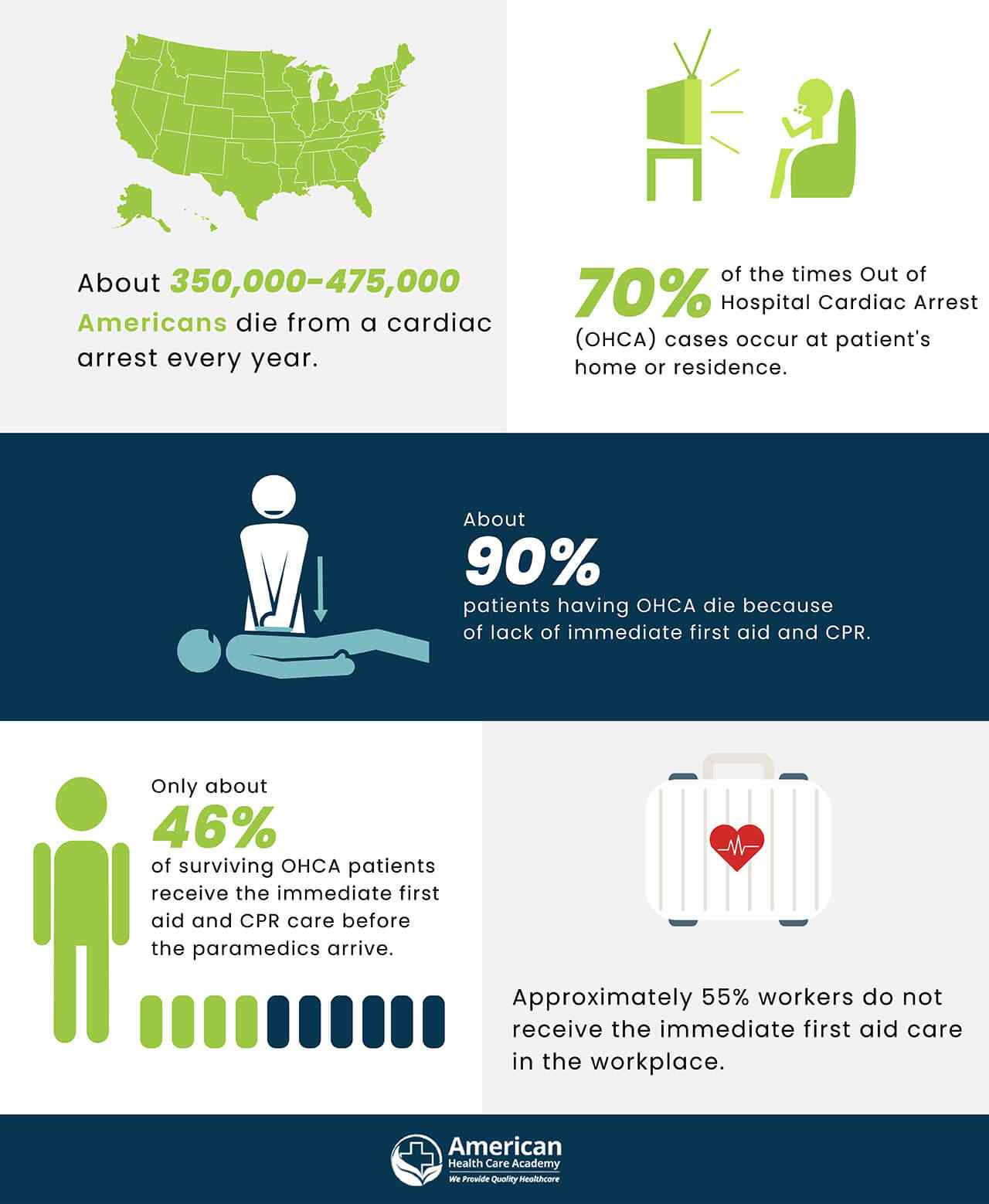Bleeding is a common medical emergency demanding immediate attention. However, bleeding may result from injuries, accidents, or medical conditions. Therefore, it is vital to know a proper way of dealing with it and prevent excessive blood loss. Knowing when to apply basic first aid on a minor cut or a more serious wound could just be the trick to saving one’s life. This blog helps you learn about first aid for bleeding such as arterial, venous, and capillary, and their causes. We shall provide you with the relevant tips on immediate assessment and direct pressure application to give you a clear direction on how to handle a case of bleeding confidently.
What are the different types of bleeding?
Bleeding is the loss of blood from the body and can happen through various methods. Here are the common types of bleeding:
1. Arterial Bleeding: Arterial bleeding occurs when an artery gets damaged. Blood is bright red in color due to it containing oxygen. The bleeding from the arteries takes place at a great speed since blood pressure is high. If you are wondering what are two ways to tell if bleeding is life-threatening, they are excessive blood loss and arterial bleeding.
2. Venous Bleeding: The injury to a vein produces venous bleeding. The blood flows consistently with a deep red or maroon color. Venous bleeding is less severe compared to arterial bleeding. Venous bleeding typically features a persistent dark red blood. If not addressed immediately, it may result in considerable blood loss over a period of time. First aid usually begins by applying direct pressure to the wound using a dry clean cloth or bandage.
3. Capillary bleeding: Capillary bleeding refers to the oozing of blood from ruptured capillaries; the smallest blood vessels. Minor cuts, or abrasions give rise to capillary bleeding which is often a gradually flowing, small stream of blood. Although capillary bleeding is the mildest form of bleeding, it requires treatment and close consideration. The blood is usually of bright color and flows out steadily, sometimes with clots attached. Capillary bleeding is managed via prompt and fast measures that include thorough washing of the wounds with warm water and mild soap in order to avoid further infection.
What are the differences between internal and external bleeding?
External bleeding and internal bleeding are two distinct types of bleeding, each with its characteristics, causes, and treatment considerations.
1. External Bleeding:
- Characteristics: The type of bleeding known as external bleeding is an outward loss of blood that manifests through sores and wounds on the external parts of the body. Here, you can see the blood flow out of the wound.
- Causes: People may suffer from external bleeding through injuries caused by car accidents, falls, cuts, scratches, or even surgical operations.
- Internal Bleeding:
- Characteristics: Internal bleeding is when blood flows out of the blood vessels into adjacent body parts. Life-threatening bleeding is characterized by loss of blood not visible to the eye. To diagnose internal bleeding you need medical imaging technology.
- Causes: It may occur due to traumatic injuries, blunt trauma, blood vessel rupture, gastrointestinal bleeding, or illness, such as ulcers. It can happen even without apparent signs of outward injury.
What are the first-aid measures for external bleeding?
First aid measures are critical in managing external bleeding. Here are the first-aid for bleeding from minor cuts, abrasions, and small wounds:
- Ensure that you properly wash your hands before administering first aid. If possible, clean the wound with mild soap and water.
- Use a clean cloth or sterile gauze to apply gentle pressure to the open wound to stop the bleeding.
- Apply pressure constantly for a few minutes until you no longer see blood coming out from under the bandage.
- Put a clean gauze over the wound.
- Apply adhesive tape or a bandage over the dressing.
- Keep an eye out for signs of infection as healing progresses.
For severe external bleeding, such as deep cuts or arterial bleeding, follow these bleeding first aid measures:
- Protect yourself as well as the victim. Seek emergency medical assistance right away.
- Before medical aid arrives, use a sterile dressing, or cloth to apply direct and firm pressure on the wound.
- As a last resort, use a tourniquet to stop bleeding.
- Apply steady pressure and keep the victim awake till the emergency medical team arrives.
Read More: https://cpraedcourse.com/blog/6-ways-to-get-self-paced-first-aid-classes-near-me/
What are the first-aid measures for internal bleeding?
A first aider cannot address internal bleeding since it is not visible from the outside. If you suspect internal bleeding due to a significant injury, take the following steps:
- Call for emergency medical assistance: Contact emergency services like 911 and have professionals reach your location.
- Keep the victim calm: Keep the person relaxed and motionless, as additional movements could aggravate internal bleeding.
- Monitor vital signs: Evaluate the victim’s pulse and breathing. Be ready to administer CPR where necessary.
- Provide comfort and reassurance: As you wait for professional help, provide first aid for open wounds and offer emotional support to the victim.
Conclusion
Understanding effective ways to minimize bleeding is the first step in first aid. Throughout this blog, you read about the three types of bleeding and measures that provide first aid for bleeding. Taking a first aid certification course will help prepare for medical emergencies and become a capable first responder.













